Is The Pope Right About The World?
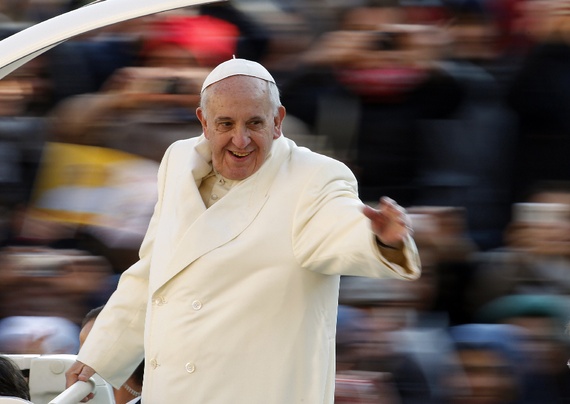
The Article: Is the Pope Right About the World? by Marian Tupy in The Atlantic.
The Text: It’s official: 2013 has been the Year of the Pope. The latest evidence? Time has named Francis its Person of the Year, noting that the pontiff, during his first nine months in office, “has placed himself at the very center of the central conversations of our time: about wealth and poverty, fairness and justice, transparency, modernity, globalization, the role of women, the nature of marriage, the temptations of power.” Indeed, the pope’s writings and public pronouncements reveal a deeply caring and passionate man who speaks from the heart. In Evangelii Gaudium, an “apostolic exhortation” released late last month, the pope bemoans inequality, poverty, and violence in the world.
But here’s the problem: The dystopian world that Francis describes, without citing a single statistic, is at odds with reality. In appealing to our fears and pessimism, the pope fails to acknowledge the scope and rapidity of human accomplishment—whether measured through declining global inequality and violence, or growing prosperity and life expectancy.
The thesis of Evangelii Gaudium is simple: “unbridled” capitalism has enriched a few, but failed the poor. “We have to remember,” he writes, “that the majority of our contemporaries are barely living from day to day, with dire consequences. A number of diseases are spreading. The hearts of many people are gripped by fear and desperation, even in the so-called rich countries. The joy of living frequently fades, lack of respect for others and violence are on the rise, and inequality is increasingly evident. It is a struggle to live and, often, to live with precious little dignity.”
Just how free the free market really is today is debatable. The United States is perceived as the paragon of free-market capitalism. And yet over the last two decades, according to Wayne Crews of the libertarian Competitive Enterprise Institute, Washington has issued 81,883 regulations—or nine per day. Maybe the marketplace should be regulated less, and maybe it should be regulated more. But unbridled it is not.
Moreover, the government redistributes some 40 percent of all wealth produced in America—up from 7 percent a century ago. Much of that wealth comes from the rich and pays for everything from defense and roads to healthcare and education, which are enjoyed by Americans from all income groups. The top 1 percent of income earners earned 19 percent of all income in 2010 and paid more than 38 percent of all income taxes. The top 10 percent paid more than 70 percent of all income taxes. Maybe the rich should contribute more, and maybe they should contribute less. But contribute they do—well in excess of the biblical tithe.
As for the negative consequences of “trickle-down” economics that the pope bemoans, let’s look at them in turn.
First, consider inequality. Academic researchers—from Xavier Sala-i-Martin of Columbia University, to Surjit Bhalla, formerly of the Brookings Institution and Rand Corporation, to Paolo Liberati of the University of Rome—all agree that global inequality is declining. That is because 2.6 billion people in China and India are richer than they used to be. Their economies are growing much faster than those of their Western counterparts, thus shrinking the income gap that opened at the dawn of industrialization in the 19th century, when the West took off and left much of the rest of the world behind.
Paradoxically, the shrinking of the global inequality gap was only possible after India and China abandoned their attempts to create equality through central planning. By allowing people to keep more of the money they earned, the Chinese and Indian governments incentivized people to create more wealth. Allowing inequality to increase at home, in other words, diminished inequality globally. And global inequality, surely, is the statistic that should most concern the leader of a global religion.
The graph below shows the narrowing gap between Chinese (orange) and global (red) incomes. As China embraced capitalism in the late 1970s, its economy started growing faster than the world average, making the world less unequal in the process. The figures in the graph are adjusted for inflation and purchasing power parity (in other words, they take into account that the cost of identical goods—such as a pair of shoes or a pound of beef—may be significantly different in two countries, depending on the price of labor, land, capital, etc.)
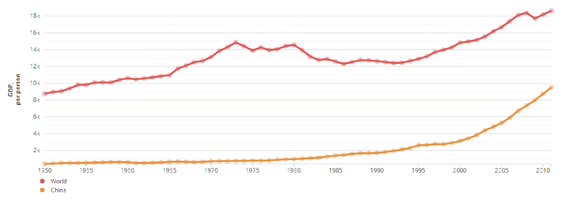
Second, let’s look at poverty. According to the Brookings Institution researchers Laurence Chandy and Geoffrey Gertz, the “rise of emerging economies has led to a dramatic fall in global poverty.” The authors “estimate that between 2005 and 2010, the total number of poor people around the world fell by nearly half a billion, from over 1.3 billion in 2005 to under 900 million in 2010. Poverty reduction of this magnitude is unparalleled in history: never before have so many people been lifted out of poverty over such a brief period of time.”
If anything, the speed of human progress seems to be accelerating. As Charles Kenny of the Center for Global Development writes, “4.9 billion people—the considerable majority of the planet—[live] in countries where GDP has increased more than fivefold over 50 years. Those countries include India, with an economy nearly 10 times larger than it was in 1960, Indonesia (13 times), China (17 times), and Thailand (22 times larger than in 1960). Around 5.1 billion people live in countries where we know incomes have more than doubled since 1960, and 4.1 billion—well more than half the planet—live in countries where average incomes have tripled or more.”
The graph below shows the percentage of the population living on less than $1.25 a day in Bangladesh (orange), China (blue), Vietnam (purple), and India (green) beginning in the 1980s. The dollar figure is, again, adjusted for inflation and purchasing power parity.
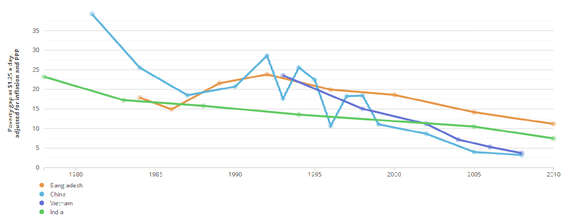
Third, consider violence. In The Better Angels of Our Nature: Why Violence Has Declined—a book that spans 800 pages and millennia of human development—Steven Pinker of Harvard University documents a tremendous decline in global violence. According to Pinker, “Tribal warfare was nine times as deadly as war and genocide in the 20th century. The murder rate in medieval Europe was more than thirty times what it is today. Slavery, sadistic punishments, and frivolous executions were unexceptionable features of life for millennia, then were suddenly abolished. Wars between developed countries have vanished, and even in the developing world, wars kill a fraction of the numbers they did a few decades ago. Rape, hate crimes, deadly riots, child abuse—all substantially down.”
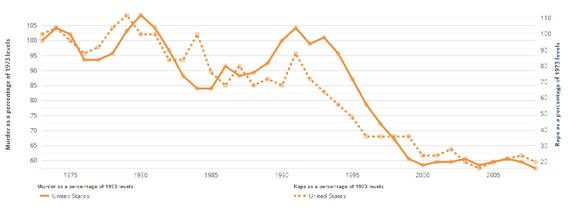
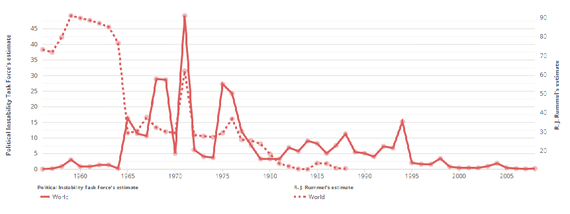
Last, but not least, consider disease. Measles, polio, and cholera, which destroyed innumerable lives in the past, have been all but eradicated. The spread of HIV/AIDS has been checked by the increasing use of marvelous antiretroviral (ARV) therapies. Some 10 million people, mostly Africans, are being treated with ARVs—an intervention mostly financed by the West. Even cancer rates, which have increased together with life expectancy, are beginning to decline—at least in rich countries. Speaking of living longer, the average global life expectancy at birth hovered around 30 years from the Upper Paleolithic to 1900. Even in the richest countries, like those of Western Europe, life expectancy at the start of the 20th century rarely exceeded 50 years. Today, the average global life expectancy is 68 years.
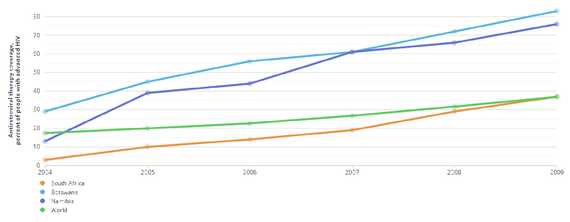
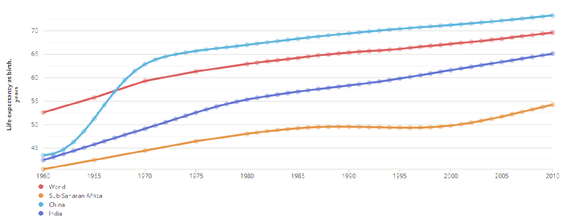
Pope Francis has a big heart, but his credibility as a voice of justice and morality would be immeasurably improved if he based his statements on facts.









